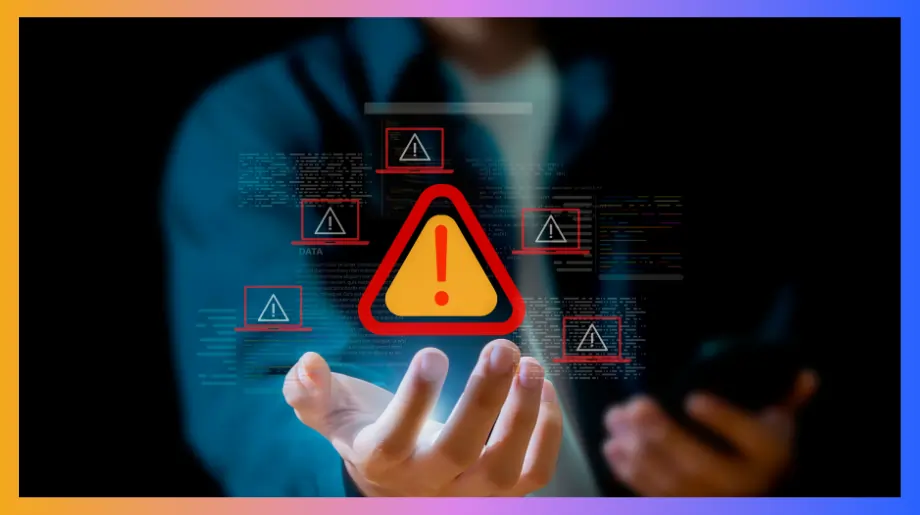On August 12th, reports stated the Russian government is allegedly behind a data breach. This breach affected the U.S. federal court's electronic filing system. U.S. Courts officials confirmed the cyberattack on August 7th. The attack targeted the Public Access to Court Electronic Records (PACER) system.
The New York Times was the first to report this information, and they got it from unnamed sources. The report pointed out that Russia is at least partly responsible for the attack.
Soon after, court administrators sent a memo to officials at the Justice Department. It described the event as an URGENT MATTER. Furthermore, the memo said that very skilled hackers had managed to break into sealed records.
Right now, officials are still looking into the full amount of damage. A foreign power broke into a basic part of the U.S. court system. As a result, this event raises serious questions about how secure important government systems really are.
What This Breach Means for National Security
First and foremost, this event is more than just a simple data theft. It is a major security failure that has a serious impact on national security. Hackers were able to get into sealed and non-public information. For example, this included the names of secret informants.
Because of this, those people now face a high risk of revenge. This revenge could come from the very criminals they are helping to put away.
What's more, the attack seems to have been highly targeted. Reports say the hackers were searching for specific criminal cases in the New York City area. They mainly focused on cases involving people with Russian and Eastern European last names. All of this points to a planned operation to gather intelligence, not just a random cybercrime.
Who Are These Russian Hacking Groups?
It turns out, this may not be the first time that hackers supported by the Russian state have gone after the U.S. federal court system. These groups are well-known for their skilled, long-term campaigns. Their main goal is to get inside important government and business networks to gather up intelligence.
Past Attack Methods:
- Supply Chain Attacks: For instance, in a major campaign in 2020, Russian hackers went after the software company SolarWinds. They sent out a bad software update to many of its government and business clients. Because of this, they created a backdoor into all of their networks.
- Theft of Sealed Records: The big SolarWinds hack ended up affecting several U.S. government departments. It was also used to steal sealed court documents from the very same PACER system.
Going after the same system again and again shows a very determined attacker. Plus, these groups work with support from a nation-state. This gives them a lot of resources to find weaknesses and carry out complex attacks over a long time. So, they are a very dangerous threat to the nation's most basic systems.
How to Prevent Cyberattacks?
The breach of the federal court system shows that older security methods are just not enough to stop skilled, state-supported attackers.
In fact, this proves that even well-protected systems can be broken into. Therefore, no network should be thought of as automatically safe.
However, with an IAM and CIAM platform like Infisign, you can set up a system to securely manage who can log in and strictly control what they can access.
- For instance, users are protected with modern passwordless sign-ins. This method gets rid of the biggest risk from phishing attacks, simply because there are no passwords to be stolen or given away by accident.
- In addition, putting a Privileged Access Management (PAM) system in place makes sure that only a few people with special permission have access. As a result, this creates multiple layers of security and greatly lowers the risks.
Ready to look after your data with better identity security? Get in touch with the team at Infisign for a free demo.





















